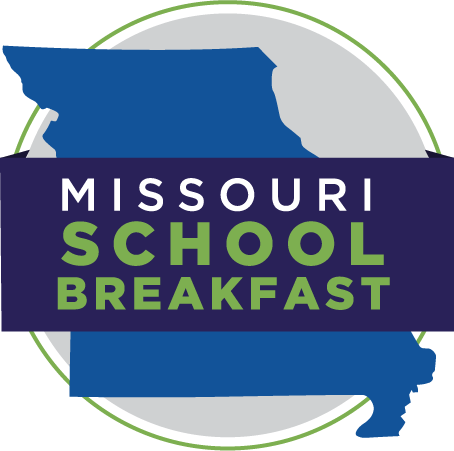The traditional School Breakfast Program, serving breakfast before the start of the school day, is a good first step to addressing hunger and supporting student achievement, but it has limited reach. In the 2013–14 school year, for every 100 students who qualified for free or reduced-price meals and participated in the National School Lunch Program, only 53 of those students also ate school breakfast. Offering breakfast before the start of the school day requires students to arrive at school at least 15 to 20 minutes prior to first period. Due to a number of barriers, such as hectic morning schedules, competing morning priorities, or stigma, many vulnerable students miss out on school breakfast, starting the school day hungry and, therefore, at an academic disadvantage. Breakfast after the bell programs increase access to a nutritious breakfast by maximizing convenience and overcoming barriers to participation. Through these programs, breakfasts are directly delivered to classrooms, distributed via centrally located kiosks, or served during an extended break typically offered between first and second periods. Making breakfast both convenient and available to all, by offering it free to every student regardless of income at a time when they are already in school, significantly increases participation in the School Breakfast Program.
Surveyed principals were so pleased with their breakfast after the bell programs that 87% believed other principals should explore launching a similar program. The program also was praised for its efficacy, with 82% of principals noting increases in school breakfast participation. Principals frequently shared that the program was embraced by a broad range of stakeholders, including teachers, parents, and students.
Principals also reported a host of program benefits that contributed to an enhanced learning environment and improved student academic achievement. Among the positive outcomes observed by principals were improved student attentiveness (46%), fewer visits to the school nurse (22%), fewer occurrences of absenteeism (21%), fewer disciplinary referrals (18%), improved reading (nine percent), and elevated math test scores (9%). These survey findings align with academic research, which indicates that students who have breakfast exhibit improved cognitive function and perform better on standardized tests.
Most principals (61%) did not encounter logistical challenges with implementing the program. Principals who did encounter issues reported teacher resistance (9%), post-breakfast cleanup (7%), and instructional time interruptions (5%) as top concerns. According to principals, key components of successfully launching a breakfast after the bell program and addressing these potential logistical challenges include engaging diverse stakeholders during the initial planning stages and providing cleaning supplies and additional trashcans to classrooms.
Across the nation, more secondary school principals are leveraging breakfast after the bell programs as a means to meet the needs of their students and prepare them for the academic rigor of the school day. Principals are uniquely positioned to unite stakeholders around the importance of enabling more students to start their day with a nutritious school breakfast, which in turn empowers students to be more attentive. Experiences shared through this survey reveal that, under a principal’s leadership, schools can successfully and effectively implement breakfast after the bell programs that result in huge benefits for student achievement.
Read the full report here
